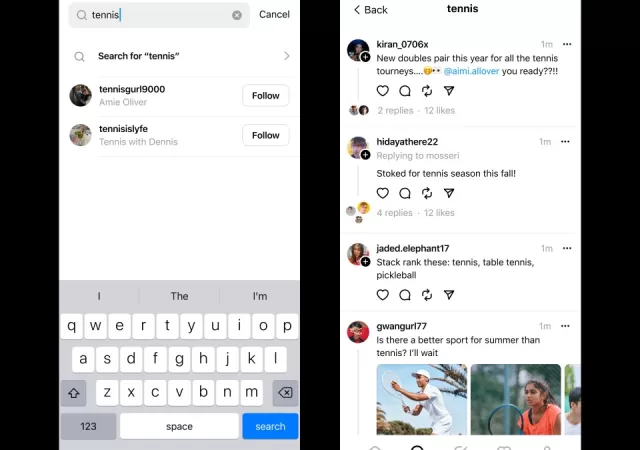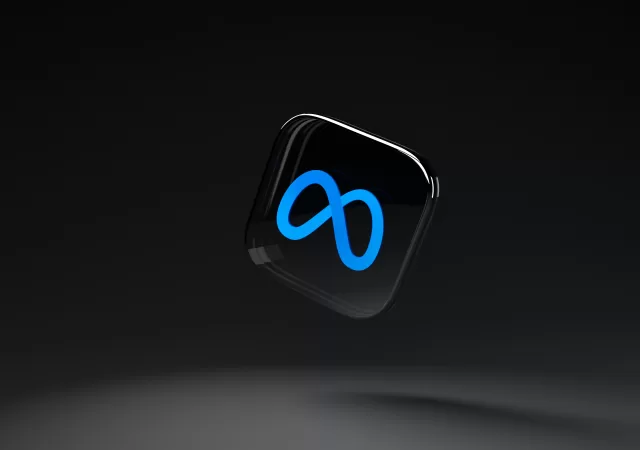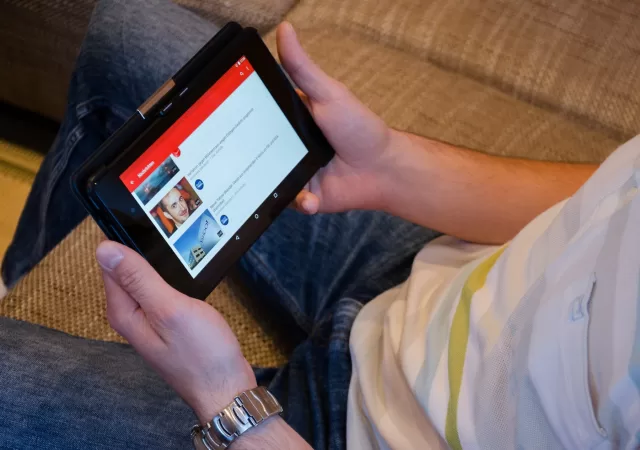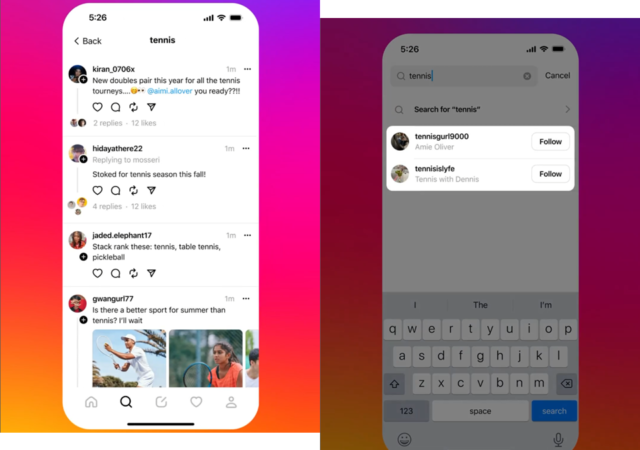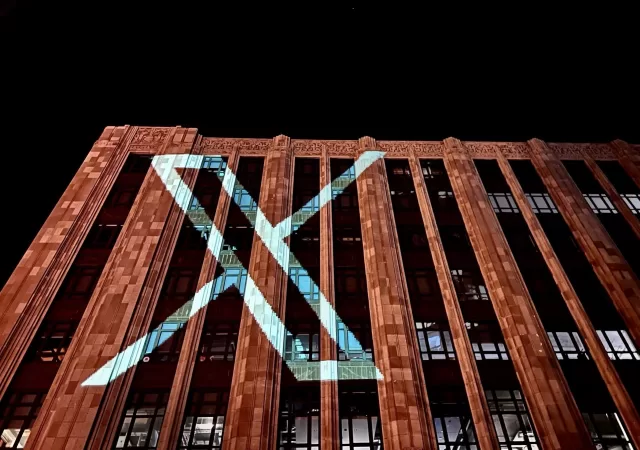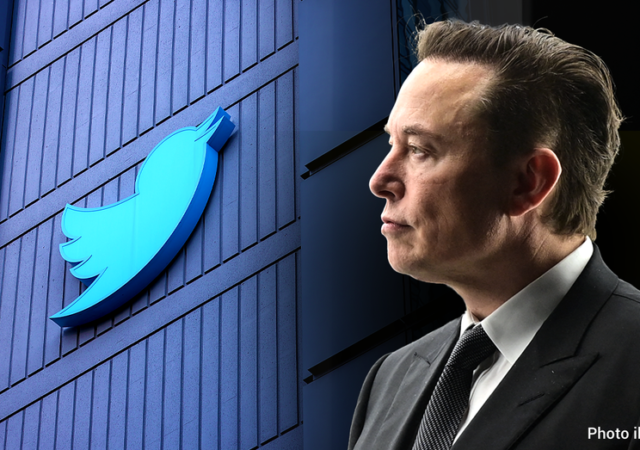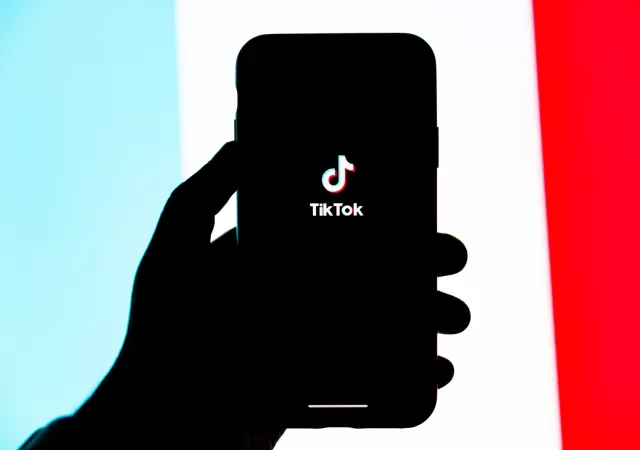In the ever-challenging digital landscape, Malaysia’s MCMC (Malaysian Communications and Multimedia Commission) is pondering significant changes to address online issues and economic strain on local news media, drawing inspiration from international counterparts like Australia and Canada. Curbing the spread of…
Threads is Finally Adding a Search Feature
Mark Zuckerberg has announced that Threads is finally bringing the keyword search functionality to “most English and Spanish-speaking countries.” The recent expansion follows a week-long testing phase in Australia and New Zealand. Prior to this update, Threads had only allowed…
Meet the New Clubhouse Where Social Messaging Meets Voice
Pandemic golden child – Clubhouse – is making a major pivot. The once forum-like social platform is focusing on connecting in a more personal way.
Meta Contemplates Ad-Free Subscriptions for Facebook and Instagram in Europe
Meta looks into the possibility of shifting its business model in the European Union to better abide by privacy laws implemented in the region.
YouTubers Can Now Resolve Community Guideline Violations by Viewing A Training Video
YouTube is introducing a way to resolve Community Guideline violations in a bid to help Creators understand the violation and prevent content strikes.
Meta’s Threads App Expands with Keyword Search Feature
Meta’s Threads app begins the rollout of the search function for posts on its app this week starting with Australia and New Zealand.
Meta’s Threads Gets More Updates & Inches Closer to the Web Browser
Threads gets even more user requested features while reports continue to hype the release of its web version.
Your Twitter is Now Your X
It’s officially time – Twitter is now your X. So, where do we go from here? What’s in store for “X”?
More Changes to Twitter, Now Google Cannot Even See Tweets
Twitter has gone through even more changes than ever before. You can even see the changes in a Google Search with less tweets showing up.
TikTok Called Out in Malaysia for Politically Linked Content Moderator
TikTok is called out for “content heating” as a former content moderator is revealed to be linked to a Malaysian political party.
- Google Cloud Launches Gemini Enterprise, an All-in-One Agentic AI Platform for the Workplace
- ASUS Unveils ExpertCenter PN54-S1 Mini PC with AMD Ryzen 200 Series Processors
- Here’s How You Can Manage Your BUDI95 Subsidy with Touch ‘n Go eWallet
- Tata Communications Launches Voice AI Platform to Transform Customer Engagement
- vivo V60 Lite 5G Arrives in Malaysia, Dubbed the “Toughest Lite for Non-Stop Fun”
- user-465340 on Graphisoft is Designing the Future with Mindful Integration of Generative AI, Sustainability and Effiency
- Alan Shelby on Wondershare Repairit Online: A Free and Reliable Video Repair Platform
- Ally on Google Reveals the Pixel Fold, The Next Word in Foldables
- Carol science on HyperSense named in 2022 Gartner® Market Guide for Multipersona Data Science and Machine Learning Platforms
- Gina keveryn on YouTube Removes Public Dislike Count Visibility
- October 2025
- September 2025
- August 2025
- July 2025
- June 2025
- May 2025
- April 2025
- March 2025
- February 2025
- January 2025
- December 2024
- November 2024
- October 2024
- September 2024
- August 2024
- July 2024
- June 2024
- May 2024
- April 2024
- March 2024
- February 2024
- January 2024
- December 2023
- November 2023
- October 2023
- September 2023
- August 2023
- July 2023
- June 2023
- May 2023
- April 2023
- March 2023
- February 2023
- January 2023
- December 2022
- November 2022
- October 2022
- September 2022
- August 2022
- July 2022
- June 2022
- May 2022
- April 2022
- March 2022
- February 2022
- January 2022
- December 2021
- November 2021
- October 2021
- September 2021
- August 2021
- July 2021
- June 2021
- May 2021
- April 2021
- March 2021
- February 2021
- January 2021
- December 2020
- November 2020
- October 2020
- September 2020
- August 2020
- July 2020
- June 2020
- May 2020
- April 2020
- March 2020
- February 2020
- January 2020
- December 2019
- November 2019
- August 2019




